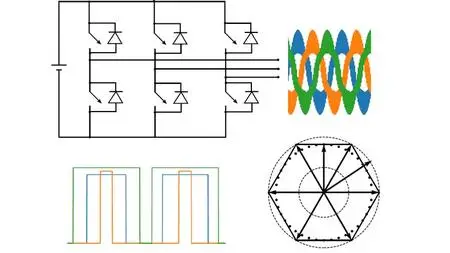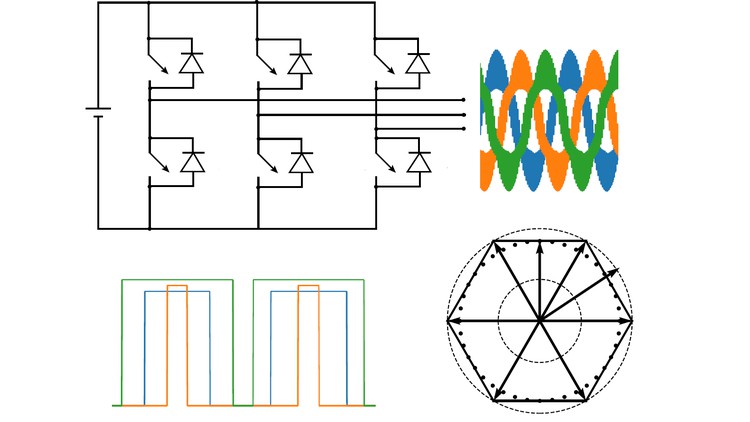Switching strategies for power electronic converters
Published 7/2023
Duration: 32h 26m | .MP4 1280x720, 30 fps(r) | AAC, 44100 Hz, 2ch | 13.3 GB
Genre: eLearning | Language: English
Published 7/2023
Duration: 32h 26m | .MP4 1280x720, 30 fps(r) | AAC, 44100 Hz, 2ch | 13.3 GB
Genre: eLearning | Language: English
Learning through simulations using Python
What you'll learn
Pulse Width Modulation (PWM) from the basics
Understanding the capability of a power converter
Co-ordinating gating signals for converters with multiple power devices
Formulating PWM strategies as control code
Simulating power converters and PWM control code with Python
Vector representation of power converter output voltages
Space Vector Pulse Width Modulation (SVPWM) strategies
Implementing SVPWM for two-level converters
Performing frequency analysis using FFT with Python
Requirements
Basic electrical engineering
Basic power electronics
Python programming
Simulating circuits with Python Power Electronics
Description
For a young engineer beginning to work on projects on power electronics, getting started with analysis and simulation of power converters can be challenging as there are not many resources that deal with practical power converters in detail with respect to analysis and simulations. This results in a great deal of frustration at the early stages thereby making progress towards more advanced topics slow and difficult. This lack of interesting and interactive educational materials in turn results in most electrical engineers not choosing power electronics as a specialization which in turn results in a scarcity of engineering talent in industry.
This course is a detailed and interactive course that delves into the depths of power converters alone without any reference to applications. Students will learn how to analyze power converters and their capability through logic and reasoning, and with visual tools such as circuit conduction paths, switching tables and vector diagrams. Switching strategies will be introduced from the very basics by treating them as puzzles, thereby giving students the tools to formulate switching strategies for any converter that they may come across. The course features detailed simulations where students can simulate in parallel and analyze the results. The simulations will include every detail and will also address some of the challenges that may be faced while translating some of the switching strategies into a hardware implementation.
Who this course is for:
Junior undergraduates starting with power electronics
Senior undergraduates preparing for industry jobs
Graduate students starting with their projects
Fresh recruits in the power industry
More Info



